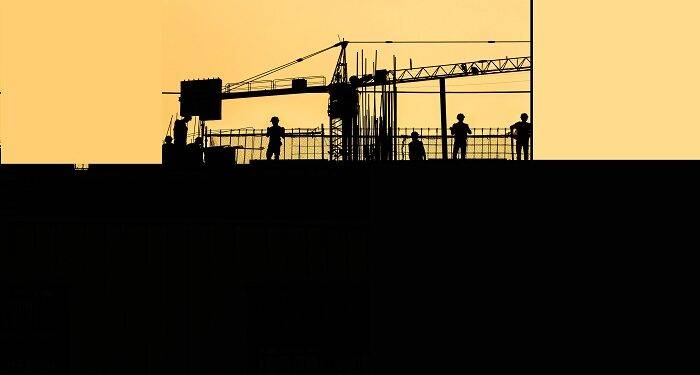Construction has always been one of the most essential fields in our society. The development of every city and country largely depends on this sector. Earlier, construction projects were mostly manual. Laborers used to do all the work with their bare hands. This was not only time-consuming but also resulted in a lot of errors. The use of machinery has completely changed the scenario. Now, construction projects are completed in a fraction of the time and with much more accuracy.
The construction industry has seen a lot of changes in the last decade. These changes have been driven by advances in technology, changes in the economy, and new regulations. Here are some of the most significant changes that have happened in the construction industry in the last ten years.
1. The changing landscape of the construction industry:
As the world progresses, the construction industry is changing rapidly to meet the new demands of an ever-growing population. The past decade has seen an incredible shift in the way construction projects are planned and executed, driven by advances in technology, changes in the economy, and new regulations. Here’s a look at some of the most significant changes that have happened in the construction industry in the last ten years.
2. The impact of technology on the construction industry:
One of the biggest changes in the construction industry in recent years has been the shift from 2D to 3D planning and modeling. This change has been driven by advances in technology, which have made it easier to visualize construction projects and plan them more accurately. Construction companies are also using more sophisticated software to manage projects and track progress.
3. The impact of the economy on the construction industry:
The economy has had a big impact on the construction industry. The recession led to a decrease in construction activity, but the industry has since rebounded. New regulations have also been put in place that have changed the way construction projects are carried out. For example, the new International Building Code has made it mandatory to use green building materials and methods.
4. The impact of globalization on the construction industry:
The construction industry has become more globalized in recent years. Companies are now working on projects all over the world. This has led to a need for better communication and coordination between different teams. It has also created new opportunities for construction companies to expand their businesses into new markets.
5. The rise of sustainable construction practices:
Sustainability has become a major focus for the construction industry in recent years. This is driven by both regulations and consumer demand. New regulations, such as the International Building Code, have made it mandatory to use green building materials and methods. And, as more people become aware of the importance of sustainability, they are increasingly looking for homes and businesses that have been built using sustainable methods.
6. The changing workforce of the construction industry:
The construction industry is facing a shortage of workers. This is due to a combination of factors, including an aging workforce, retiring baby boomers, and a decrease in the number of young people entering the workforce. Construction companies are responding to this challenge by investing in training and development programs to attract and retain workers. They are also increasingly turning to technology to automate tasks and reduce the need for manual labor.
Another solution to this issue is through custom machinery. Machining manufacturers have been able to make construction equipment that is much better suited to the task needed on the site. These machines require less labor to operate and are far more efficient tools. With these, project managers can save time and money because they have the absolute best equipment for the job.
The construction industry has undergone a lot of changes in the last decade. These changes have been driven by advances in technology, the economy, globalization, and new regulations. As the world continues to change, the construction industry will need to adapt to meet the new demands of an ever-growing population.









